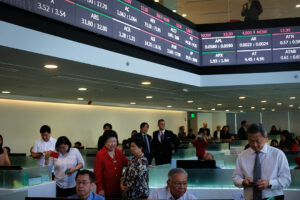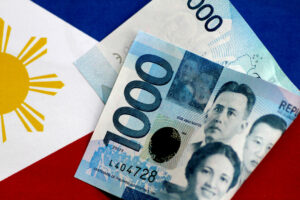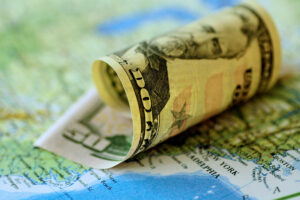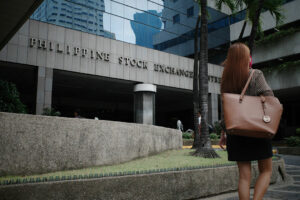The Philippines is open to lowering duties on selected imports from the US to zero as part of tariff negotiations with Washington, Finance Secretary Ralph G. Recto said.
When asked whether the government might offer zero tariffs on US goods — similar to Vietnam’s approach, Mr. Recto replied: “Definitely.”
“Not for all products, but we have identified a set of products,” he told reporters last week, without giving details.
This as Philippine President Ferdinand R. Marcos, Jr. on Sunday departed for an official visit to the US, where he is scheduled to meet with US President Donald J. Trump.
Mr. Marcos is expected to bring up the proposed 20% US tariff on Philippine exports during his meeting with Mr. Trump on July 22.
In his departure speech at Villamor Airbase in Pasay City, Mr. Marcos said the Philippines is ready to negotiate a trade deal with the US to drive “strong, mutually beneficial, and future-oriented collaborations” that will support the country’s economic growth.
“My top priority for this visit is to push for greater economic engagement, particularly through trade and investment between the Philippines and the United States,” he said, according to a transcript from his office.
“I intend to convey to President Trump and his Cabinet officials that the Philippines is ready to negotiate a bilateral trade deal that will ensure strong, mutually beneficial, and future-oriented collaborations that only the United States and the Philippines will be able to take advantage of,” he added.
Mr. Marcos’ visit to the US is the first by a head of state from the Association of Southeast Asian Nations (ASEAN) since Mr. Trump assumed the presidency in January.
Mr. Marcos emphasized that while defense and security discussions will be tackled during the meeting with Mr. Trump, business and economic opportunities will dominate the agenda.
“I expect to meet with business leaders to explore business opportunities that will help to grow our economy even more,” he said.
Members of his economic team are already in Washington ahead of his arrival to prepare for investment talks and trade negotiations.
Mr. Recto said the economic team has a “great plan” for the negotiations with the US. He expressed optimism that the talks could lead to a lower tariff rate.
“I think our relationship with the US is not only trade, but also security. I’m sure they’ll be giving that some importance as well,” he said.
Mr. Trump had earlier slapped a 17% tariff on Philippine goods, the second lowest rate among ASEAN members. This was raised to 20%, despite earlier efforts by Philippine negotiators to lower the tariff rate. If no deal is forged, the 20% tariff will take effect on Aug. 1.
The Philippines is now under pressure to secure a tariff rate lower than Indonesia and Vietnam, which have both completed negotiations with the US.
The US lowered the tariff rate on goods from Indonesia to 19% from 32% previously.
“If it’s 19% for them, it should be 10% for us. The minimum is 10%, right? 11% is fine,” Mr. Recto said hours after the news of Indonesia-US deal was released.
Vietnam currently faces a 20% tariff on its exports to the US, along with a 40% levy on goods transshipped through the country. This is significantly lower than the previously announced US tariff of 46%.
Thailand earlier said it is offering to scrap tariffs on 90% of US goods in a bid to negotiate a tariff lower than the 36% previously announced.
Cambodia is also facing the same 36% rate and still without a finalized deal.
Free trade deal
Meanwhile, Mr. Recto said a free trade agreement (FTA) with the US is also part of the negotiations.
“We prefer that. We want to have one FTA. Not only with the US, but with Europe, and with many other countries. More trade should be better,” Mr. Recto said.
“We have to expand their markets. Get more investments in manufacturing in the Philippines so that we can export more. Then let’s take a look at the final tariffs later on.”
The Philippines is also pushing to maintain the zero tariffs on semiconductor exports, a key component of its top export commodity, the electronics sector.
“We want to reduce whatever duties they impose on our products. If possible, we want it to be zero [on semiconductors],” Mr. Recto said.
Analysts said the Philippines’ offer to apply zero tariffs on goods from the US is unlikely to sway the Trump administration.
“It may not be enough on its own to bring down the 20% US tariff,” John Paolo R. Rivera, a senior research fellow at the Philippine Institute for Development Studies said in a Viber message.
He said the offer will be seen as a “strong goodwill gesture” and show the country is willing to engage constructively.
“The Philippines must complement this offer with a clear value proposition such as enhancing supply-chain partnerships, especially in critical sectors like semiconductors and agri-processing,” he said.
Jonathan L. Ravelas, a senior adviser at Reyes Tacandong & Co., said a key element to achieve a lower export levy is “reciprocity.”
“We need to take advantage of US agriculture. Particularly, wheat and soyabeans. Which are used primarily on feeds. If we are able to import cheaper this will help food security,” he said in a Viber message.
Josue Raphael J. Cortez, who lectures on diplomacy at De La Salle-College of St. Benilde’s School of Diplomacy and Governance, said the Philippines can maintain a healthy balance between fulfilling its security commitments to the US and pursuing economic independence by continuing to promote an independent foreign policy.
However, he warned that such a path carries risks amid today’s geopolitical volatility, citing the US reciprocal tariffs and rising tensions in the South China Sea.
“The political-security and economic dimensions may be interrelated, but our approach presently is showing that we highly value our security partnership with the US, but we cannot overly depend on one partner alone,” he said in a Messenger chat.
Mr. Cortez said the Philippines can strengthen economic security by expanding partnerships in sectors where it has strategic advantages, such as semiconductors, and by sustainably using mineral resources like nickel, which is essential for electric vehicle batteries.
IBON Foundation Executive Director Jose Enrique A. Africa said the government has weak negotiating leverage as manufacturing is now at the smallest share of the economy in 75 years.
“The delegation offering to open up the economy even more to get lower US tariffs will be self-defeating and dangerous,” he said in a Viber message.
“The Philippines will be at fault for eroding what little leverage it has if it succumbs to playing by the rules being imposed by the US. It’s never too late to adopt a posture of domestic industrialization policy, such as exactly what the US is doing, and building strategic alliances within the region to shift the balance,” he added. — Aubrey Rose A. Inosante and Chloe Mari A. Hufana, Reporters






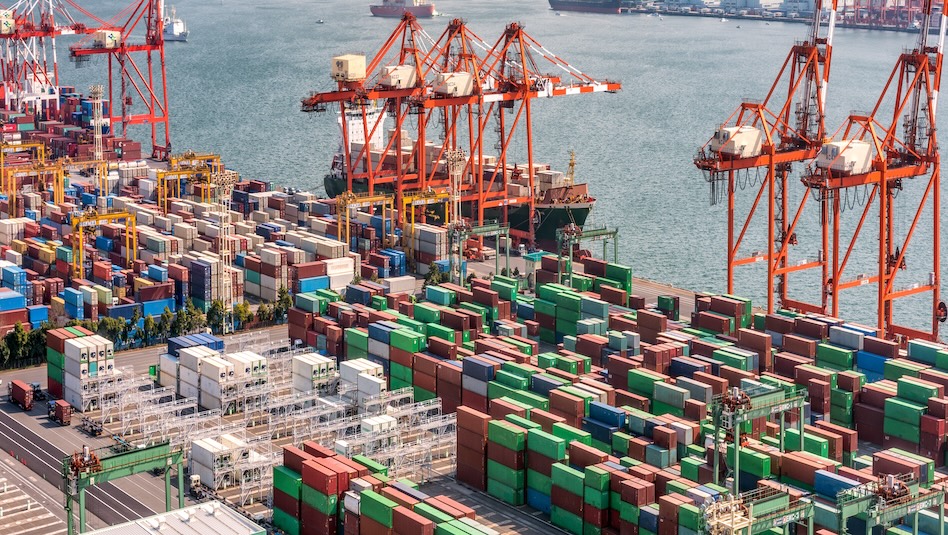
 DOWNLOAD
DOWNLOAD




